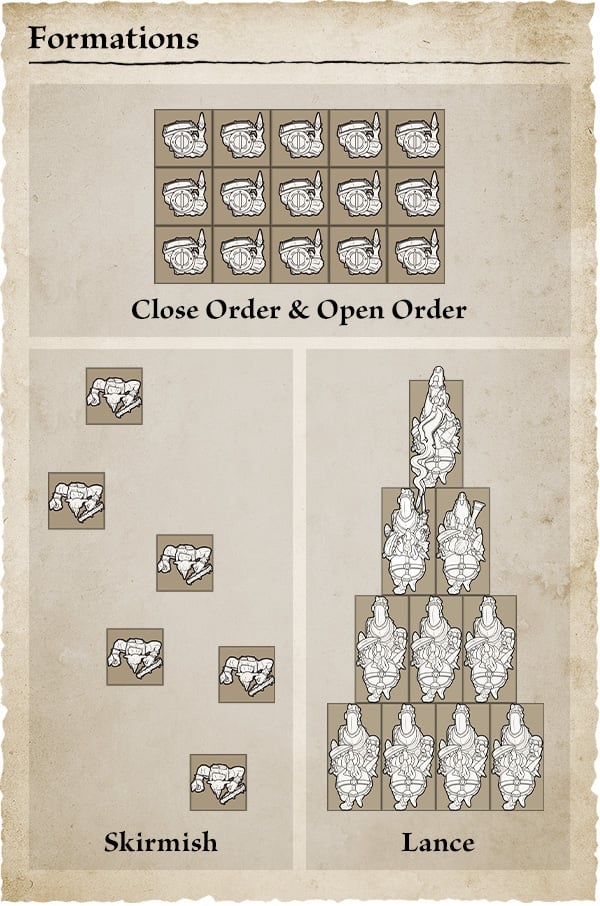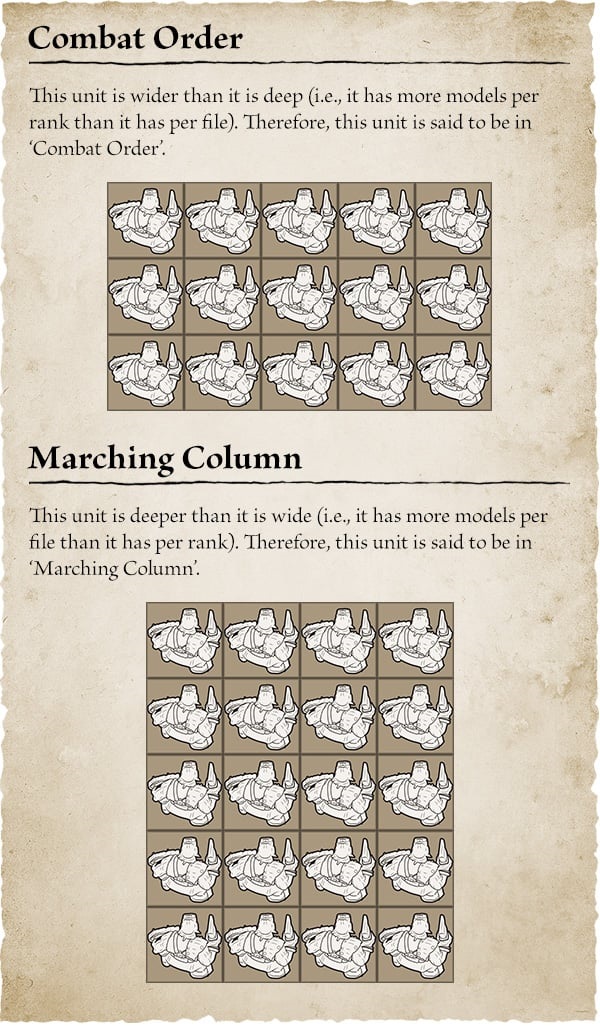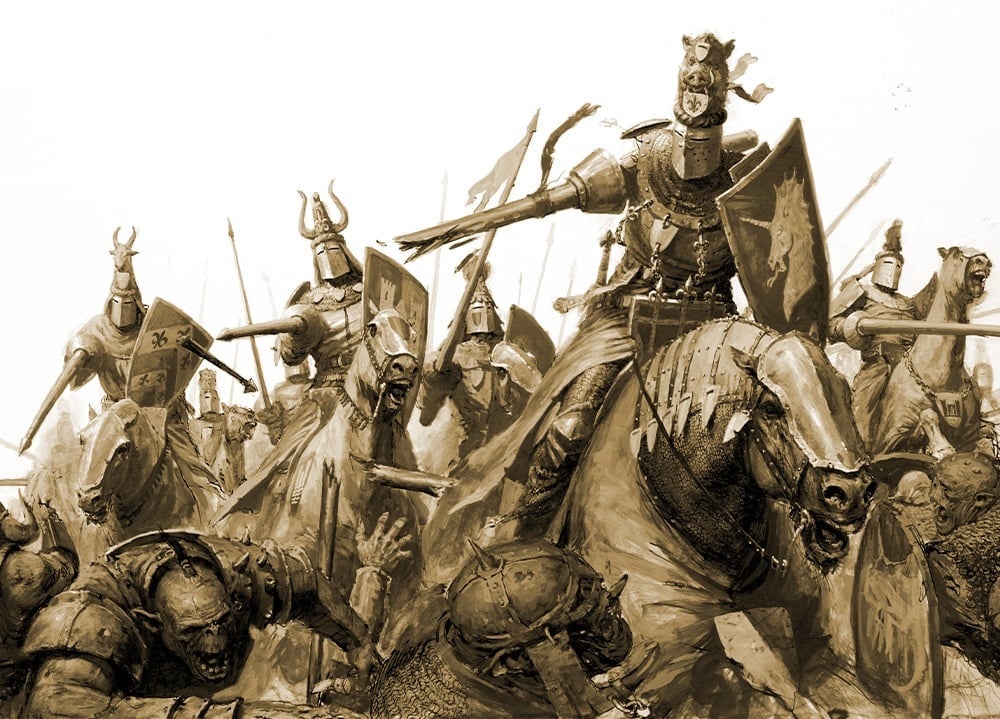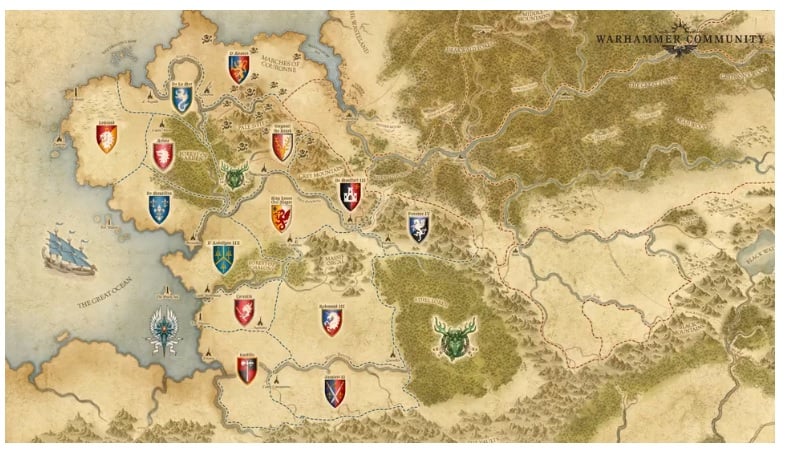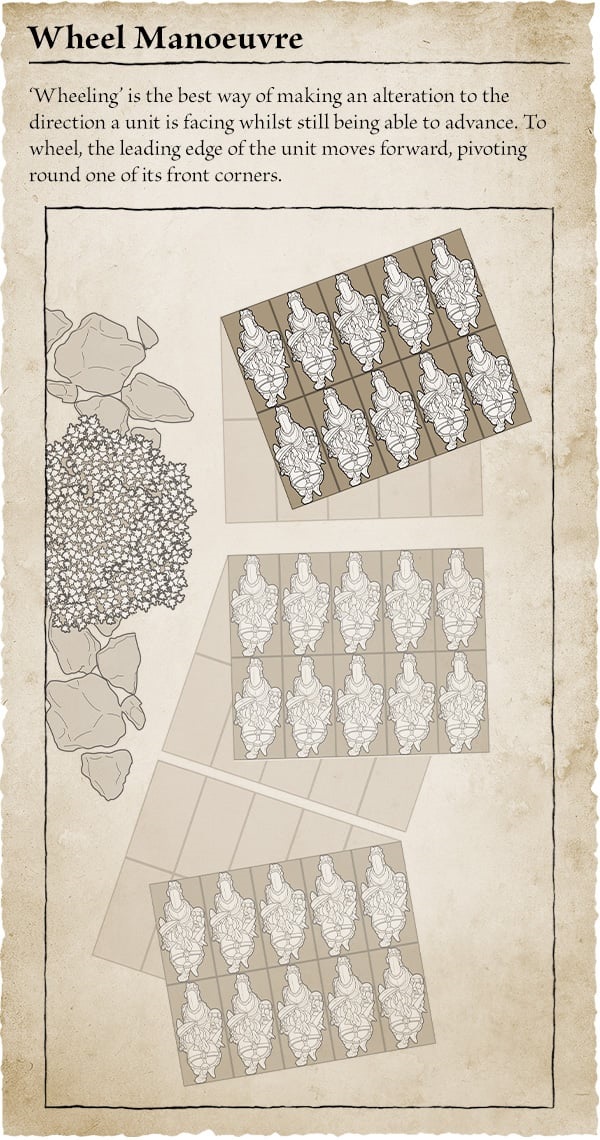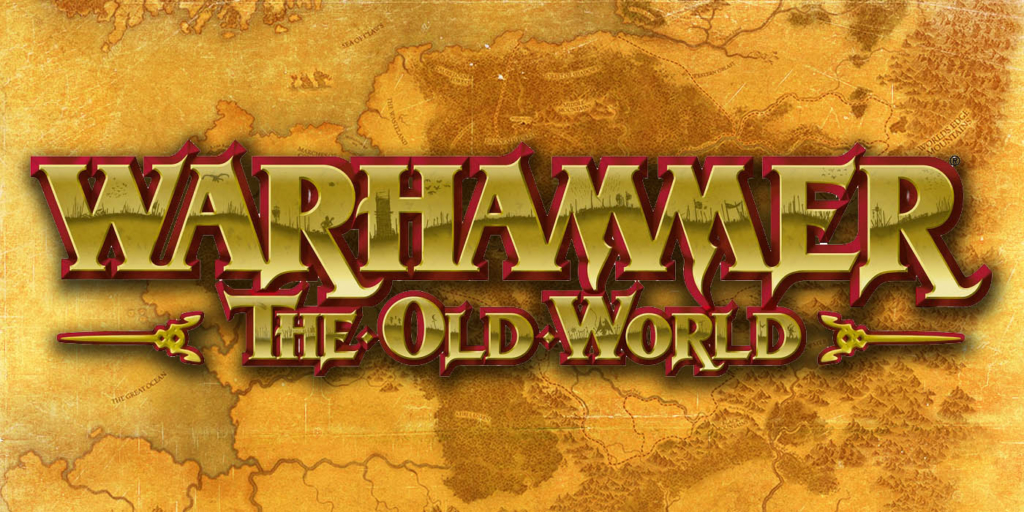Warhammer: The Old World – Movement Phase Brings The Blocks Back
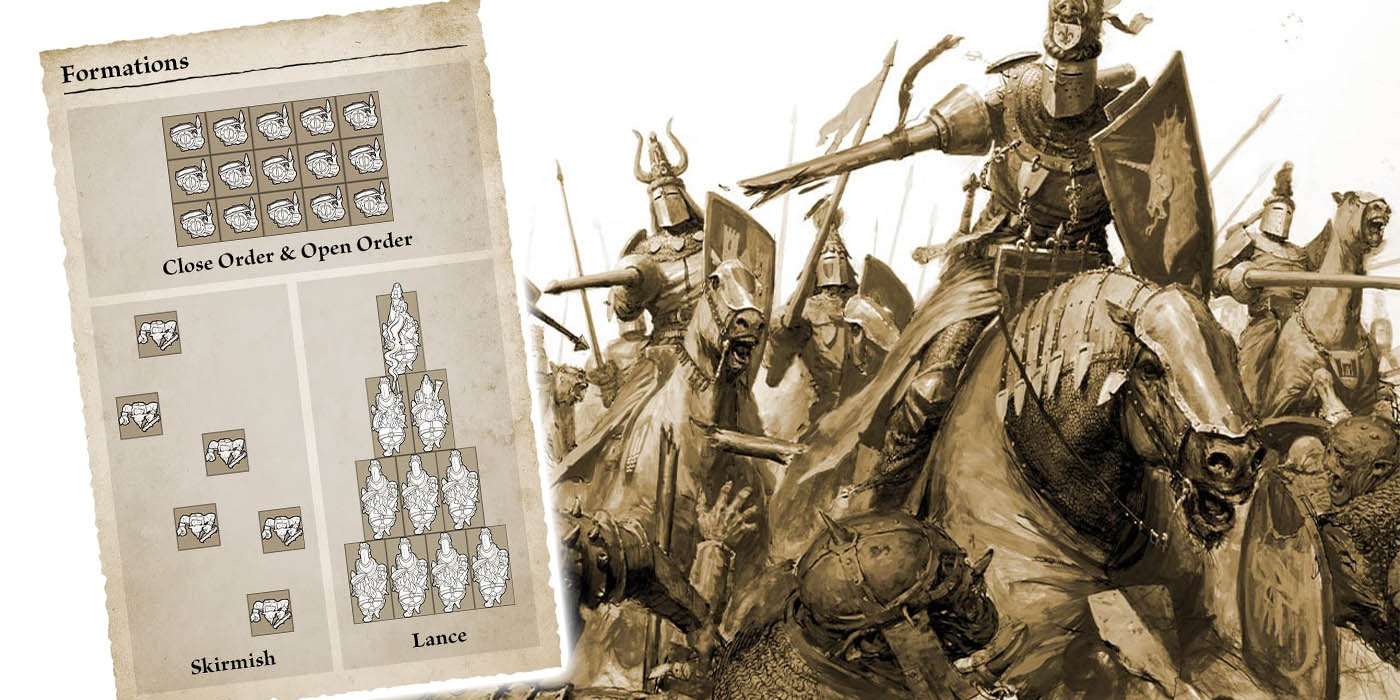

Rank and file formations return along with some updated rules with The Old World Movement Phase reveals.
Games Workshop already showed off the first batch of rules for the Old World. Now we’re diving deeper into the Movement Phase of this rank and file game. Choose your orders carefully and march to victory!
Formations
“All units in the game must adopt a formation, which will dictate how they act in battle, including moving and fighting. Most units can only adopt one: Close Order, though some can also choose options such as Skirmish or Open Order, and for Bretonnian Knights, the mighty Lance formation.”
Close Order / Open Order
This is your basic formation with the models ranking up in base-to-base contact. Typically, you’ll have more models per ranks than per files. They all move and fight as a single entity as you’d expect. The more full ranks you have the better off the unit will be once it actually gets to combat. Open Order functions pretty much the same (they still fight in ranks), however, they tend to move faster and handle rougher terrain better.
Skirmisher
These units don’t need to rank up and basically have a unit coherency of 1″ — as long as a model is within 1″ of another model in the unit, you’re good to fan out. These units don’t tend to like standard “stand and fight” tactics and typically favor more of a “hit and run” or harrass from range.
Lance
This is unique to Bretonnian Knights — we don’t have any real details on this formation currently. But I’m betting that if you played in a previous edition of Warhammer Fantasy you can make some educated guesses as to how this will work…
Combat Order And Marching Column
“When they need to move rapidly, your units can adopt a Marching Column, reforming into a shape that’s deeper than it is wide. A unit formed in this way may not charge and earns no rank bonus in combat, but it can move at triple speed.”
The Marching Column is a pretty interesting idea. The unit will get to move at TRIPLE their normal speed! That could seriously add some “get-up and go” to the various units in the game. However, you do lose out on being able to charge and have no rank bonus in combat. So if you’re going to move that far/fast you’ve got some drawbacks. When you’re ready to combat the enemy that’s when you need to get in Combat Order and rearrange your frontage.
The Movement Phase Phases
The Movement Phase is broken-up into four phases itself:
- Declare Charges
- Charge Moves
- Compulsory Moves
- Remaining Moves
In the first step, Declare Charges, the active player gets to (you guessed it) Declare Charges. Charging is the only way to enter into combat — which is kind of the entire point here. There are a few rules to charging however:
“the target must be visible to your unit and at least partially in its front arc, and your unit cannot be fleeing, rallied this turn, or already engaged in combat. You may, however, pre-measure the distance to your targets.”
After you Declare Charge, the reactive/inactive player has to declare their Charge Reactions. These include:
- Hold
- Stand and Shoot
- Flee
- Counter Charge
Counter Charge isn’t available to every unit, so be aware of that. Stand and Shoot is only available to units with missile weapons and they have to be further away than the charging unit’s movement characteristic. Hold is…well, holding for the charge. And Fleeing allows the unit to turn 180 degrees and attempt to escape. But if the unit doesn’t get away, they are run down and destroyed. Oops.
Charge Moves might be slightly different than you remember. In The Old World, you’ll roll two dice and pick the highest. You’ll then add that die to your unit’s move stat and that’s their charge move. There are some units (like Knights) that have Swiftstride that allows them to add an additional D6″ to their charges.
If the charge move brings the unit into base-to-base contact with the target, congratulations — the charge is a success. If you miss the charge, you still have to move the unit the full distance rolled toward it’s target…you just don’t get to engage in combat.
“The third step accounts for Compulsory Moves. This is mostly to accommodate fleeing units that failed to rally during the last Strategy Phase, but it includes other rarer moves such as the Random Movement of Night Goblin Fanatics, or Stone Trolls who have failed their Stupidity test.
The fourth step covers the Remaining Moves – regular manoeuvres that don’t result in combat.”
Wheel Manoeuvre
Not all units are going to be neatly lined-up against each other. There might be a hill, rock formation, or forest that’s in the way. That’s where Wheeling comes into play.
“While moving, a unit may Wheel, in which the unit pivots from one of the front corners of its leading edge, measuring distance from the outside model. You may also Turn all a unit’s models through 90 or 180 degrees, spending a quarter of your Movement for each 90 degrees, Move Backwards or Sideways at half pace, and Redress the Ranks or Reform.”
Well that’s most of the movement rules revealed from GW today. Honestly, it seems a whole lot like old school Warhammer Fantasy movement rules with some slight tweaks tossed in. Time to dust off the old WFB movement trays and get to practicing your wheeling once again…
Soon we’ll find out what happens when those units collide on the battlefield…

